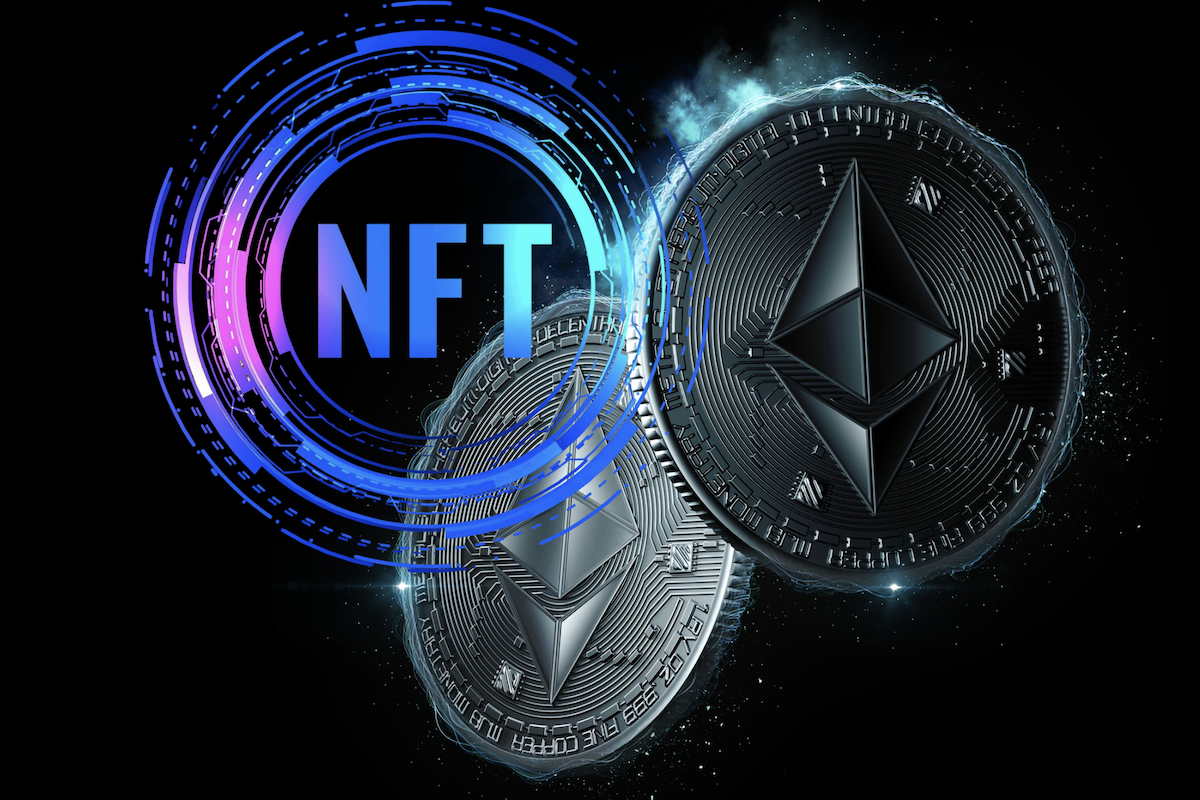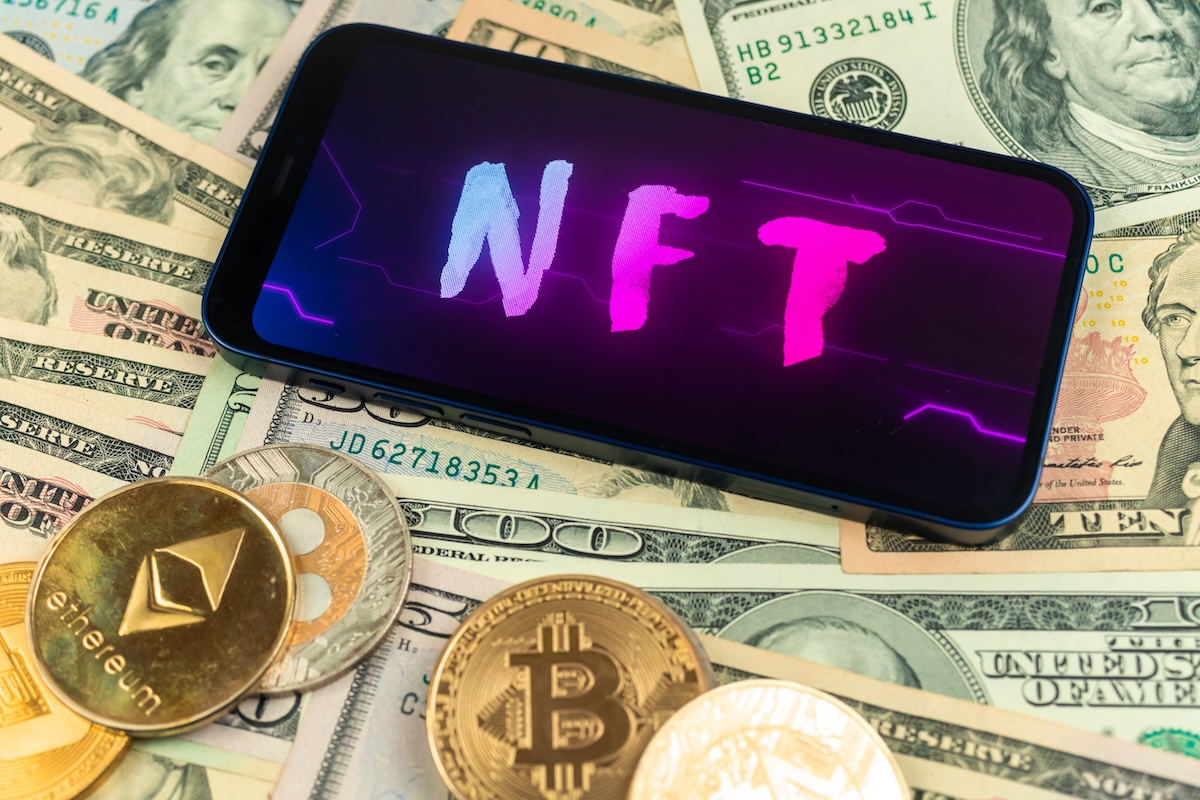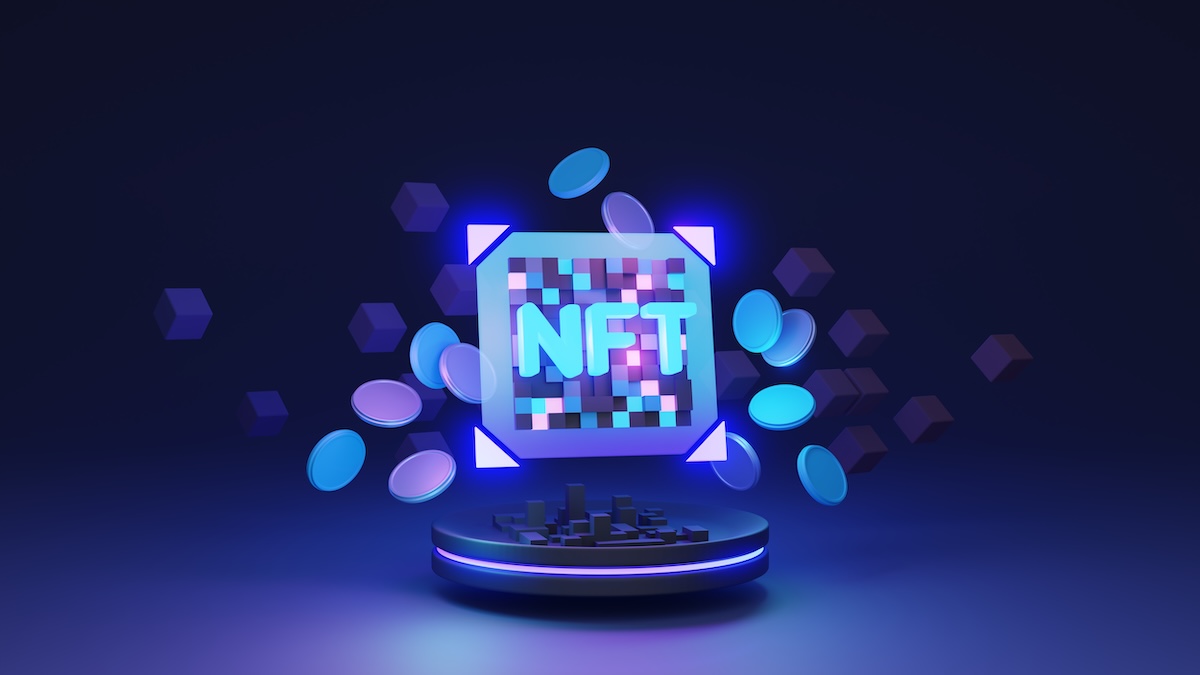How Literary NFTs Are Helping Writers Enter Web3
The need for a more decentralized and open publishing system has been growing. This is where literary NFTs come in.

In January 2021, Blake Butler didn't even consider publishing Decade. The novel was written in 2008, but due to its complicated structure, complex language, and experimental form, it was considered unmarketable. It was completely unpublishable, basically.
During that time, NFT mania was just starting. Everyone from The Times to The Wall Street Journal was talking about how people made millions selling digital art and music. That February, Butler had an epiphany - turn the novel into a GUF and mint it as a non-fungible token.
Upon buying the NFT, the owner would own the GIF as well as the manuscript. Just a day after the novel was minted, a stranger bought it for 5 ETH, equivalent to $7,569 at the time. And that's just one example of how literary NFTs are benefiting writers.
What Are Literary NFTs?
While the traditional publishing industry has been going steady for quite some time - it earns $700 million per year from printed book sales alone - the need for a more decentralized and open publishing system has been growing. This is where literary NFTs come in.
Literary NFTs are digital literary works - poems, articles, and books - minted directly onto the Blockchain. That means the work is stored on a decentralized network of computers, making it censorship-resistant. It also means that the work can't be taken down or changed without the author's permission.
One of the most popular platforms for literary NFTs is Ethereum.

Popular Literary NFTs
Although the NFT literary scene has been around for less than two years, many popular and well-known writers have started minting their work as NFTs. Here are a few examples of Literary NFTs that made some noise online:
EtherPoems - One of the first poetry collections released on the Blockchain
TheVerseVerse - A site that regularly mints the work of crypto-native poets
LIT Project One - The first major decentralized book by Neil Strauss
Kalen Iwamoto - Possibly the first intersection between crypto writing and art
Creatokia - Marketplace for creators, authors, and publishers interested in NFTs
With projects like these, it's clear that the literary world is starting to take notice of NFTs.
Benefits of NFTs for Modern Writers
As a writer, you are always looking for new ways to get your work out there. You want people to read your work, but you also want compensation for your time and effort. That's where NFTs come in.
NFTs offer many benefits for writers, including:
More Creative Control - When you mint your work as an NFT, you retain complete creative control. You can experiment with new formats and mediums without worrying about censorship.
Fan Connection - NFTs offer a direct connection between you and your fans. They can show their support by buying your NFTs, and you can engage with them directly through comments and forums.
Monetization Options - Not only can you sell your NFTs, but you can also earn royalties every time someone buys or sells your NFT. This provides a sustainable revenue stream that allows you to keep writing.
The New World of Publishing
NFTs are providing a much-needed boost to the literary world. They offer writers more creative control, a direct connection to their fans, and sustainable monetization options. Although the NFT market has been volatile, it is clear that NFTs are here to stay. So if you're a writer, now may be the time to start exploring the world of NFTs.





